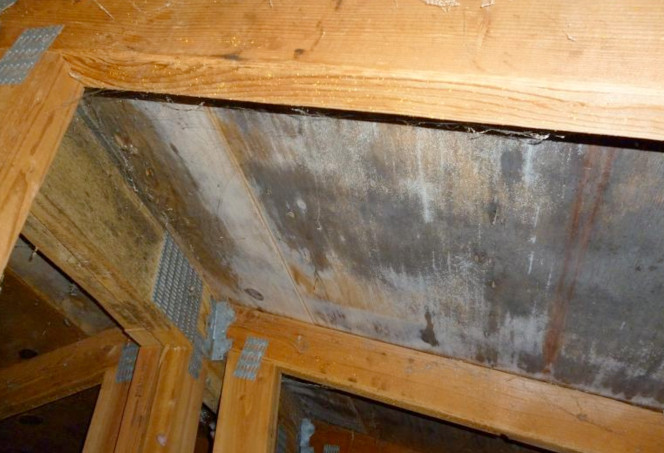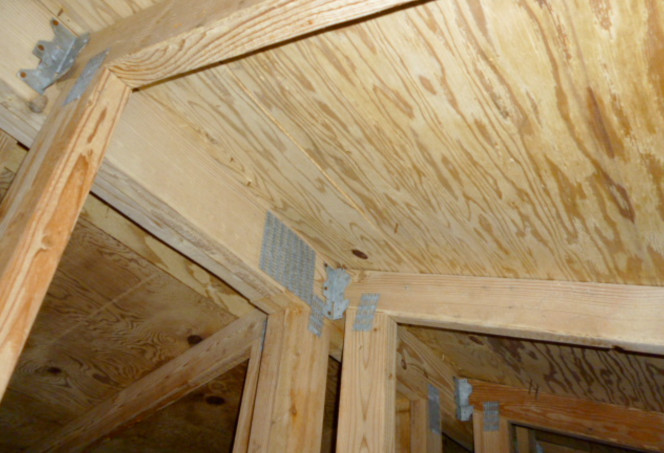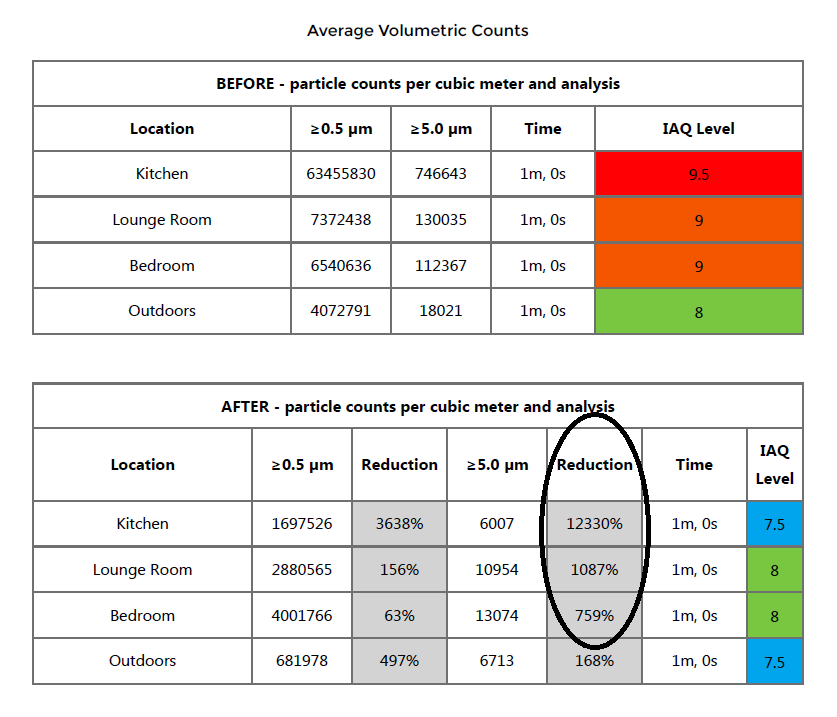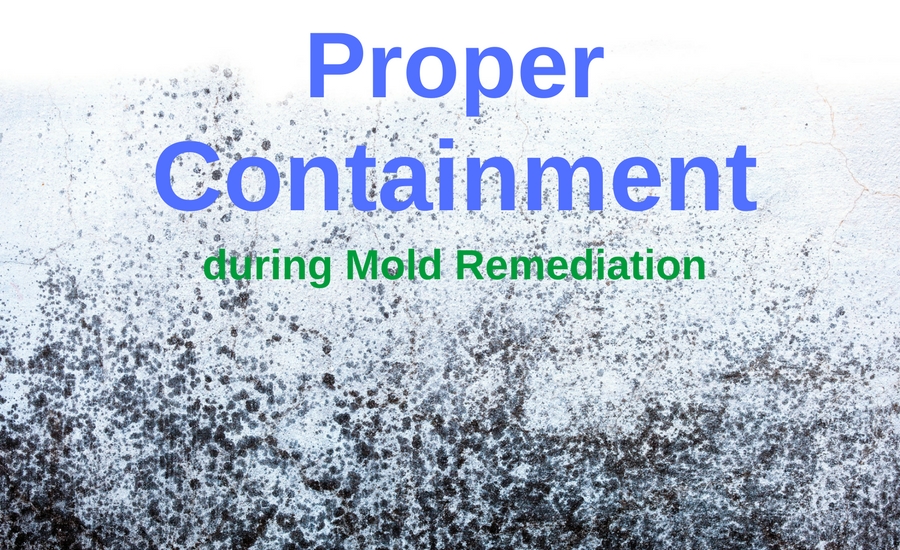The Importance of Proper Containment during Mold Remediation
Article written by Bret Sallee
Containment in remediation protocols is an industry staple. But all too often mold valets are missing the point and failing to be effective in their containment efforts.
Many of the traditional protocols and methods currently associated with, what may be termed as “traditional mold remediation methods”, were borne from the asbestos abatement industry. Once a problem area is identified, one of the first steps is to set up containment around the affected area.
This is entirely appropriate and necessary for asbestos work as the harmful by-products of the abatement do not become airborne until after the containment is set up and the remediation has begun.
Mold is a different beast. It is a living organism. As such, it is actively seeking to expand its environment beyond its present location. As remediators, we may conscientiously set up containment around a visible mold bloom the moment we step onto the jobsite. But long before our arrival our musty friend has been hard at work (often times with the help of we humans) sending its spores throughout the building environment, potentially starting new colonies in unseen locations and most assuredly compromising the quality of the building’s breathable air supply. Therefore our true containment in an effective mold remediation is the entire building envelope, not just the immediate area or room where we have visible growth.
Let me provide a recent example as a case study. We were asked by a mold remediation contractor to come out to a Pennsylvania home to help with black staining from mold that was on the structural lumber. It was a beautiful, well-kept home that had experienced a major water event in the fully finished basement. Before our arrival the mold remediation contractor had conscientiously set up containment for the basement area. This included a fully contained corridor to the outside to remove the home’s contents. The contractor had already flood cut the drywall before our arrival.

Before.

After.
Now again, we were called out in order to address visible mold staining. Treatment and removal of this visible pariah is a great and completely necessary step. But it doesn’t address the more important problem of compromised air quality due to airborne mold spores, dust, pollen and other contaminants.
Adjusters and Agents By-pass Vendor Lists
When we arrived we did a particle count reading of the basement to verify the pre-treatment air quality levels in the affected area. As expected they were extremely poor. As a demonstration of the need to address the whole home environment we also took readings on the main and third floors which were outside the containment area. As expected, the readings were very high as well. Naturally the further away from the water event we were the lower the readings, but all much higher than acceptable levels.

Keep in mind that this contractor, like the vast majority in the industry, would have been content in merely treating the area within containment, and no doubt would have passed any Industrial Hygienist written protocol or post remediation testing. But the real culprit, the air borne spores that had already spread throughout the building envelope, would have been left behind to create further havoc.
Any truly effective and worthwhile mold remediation effort simply has to address the air quality of the affected home. These pre and post remediation reports help to demonstrate the type of improvement in air quality that you, as mold remediation contractors, need to provide to your customers to remain competitive in today’s ever changing mold remediation industry. To learn more about our holistic approach to advanced mold remediation

